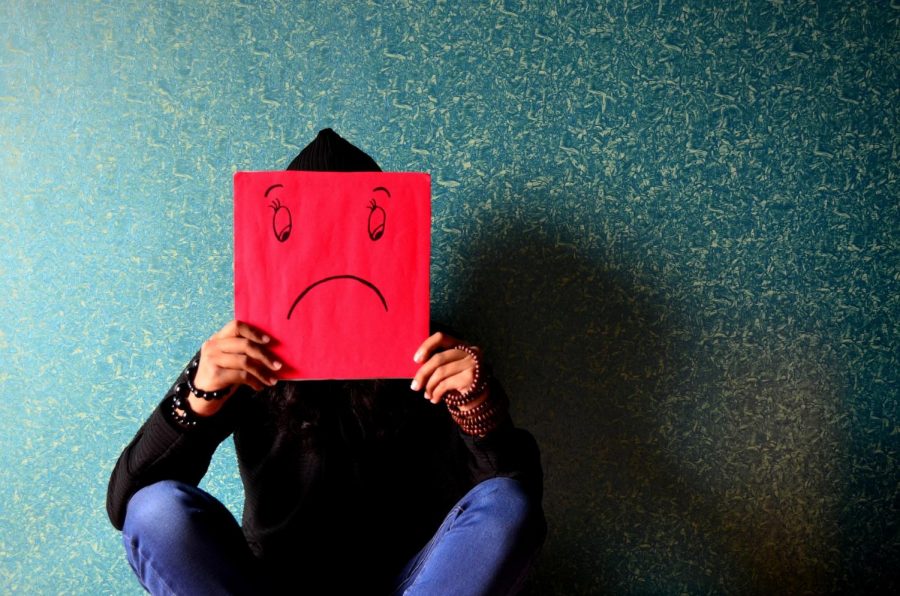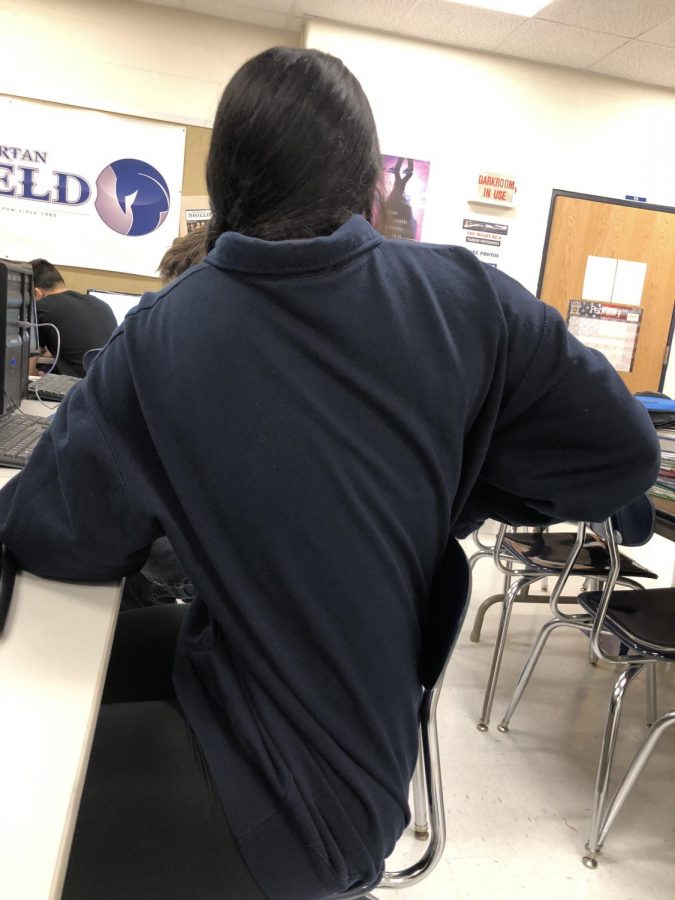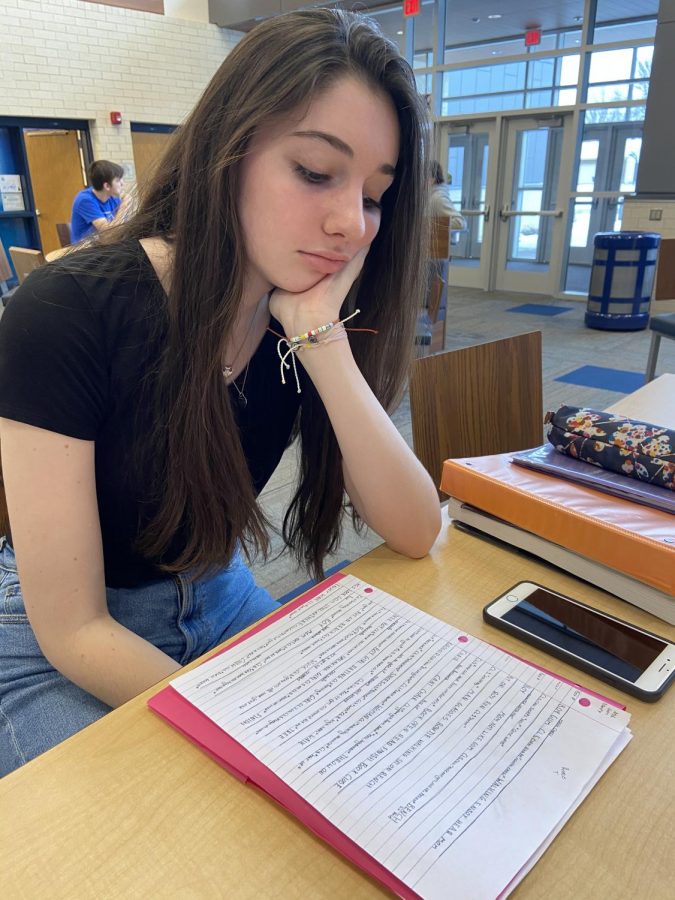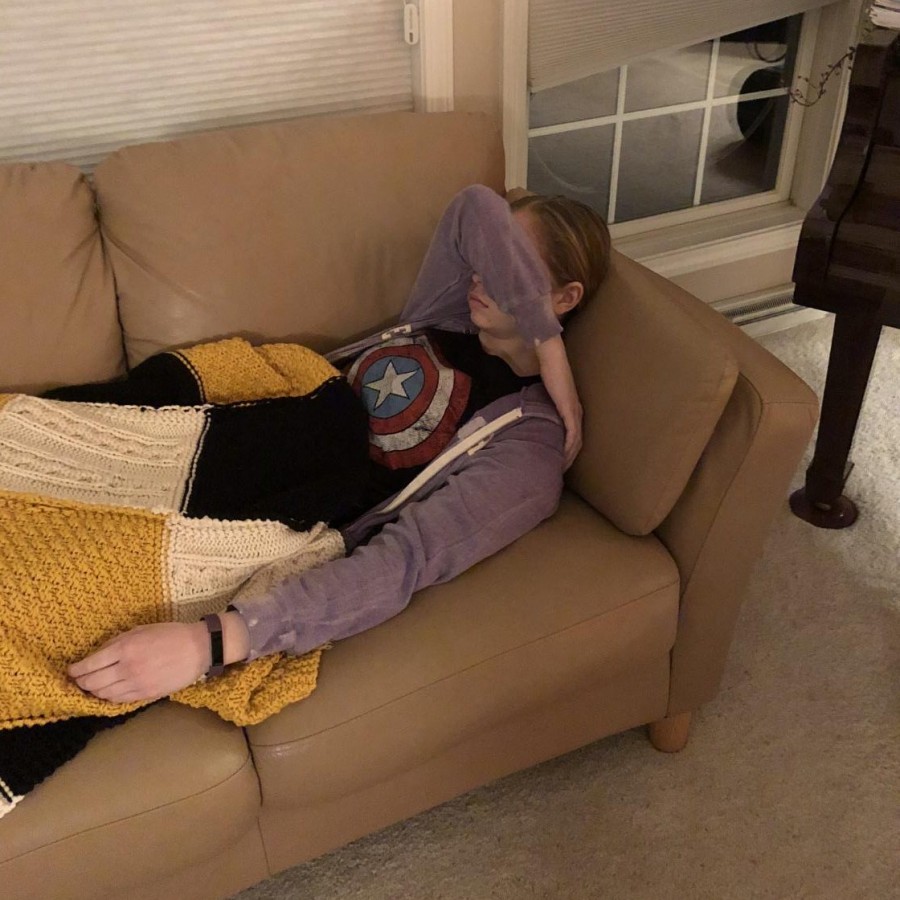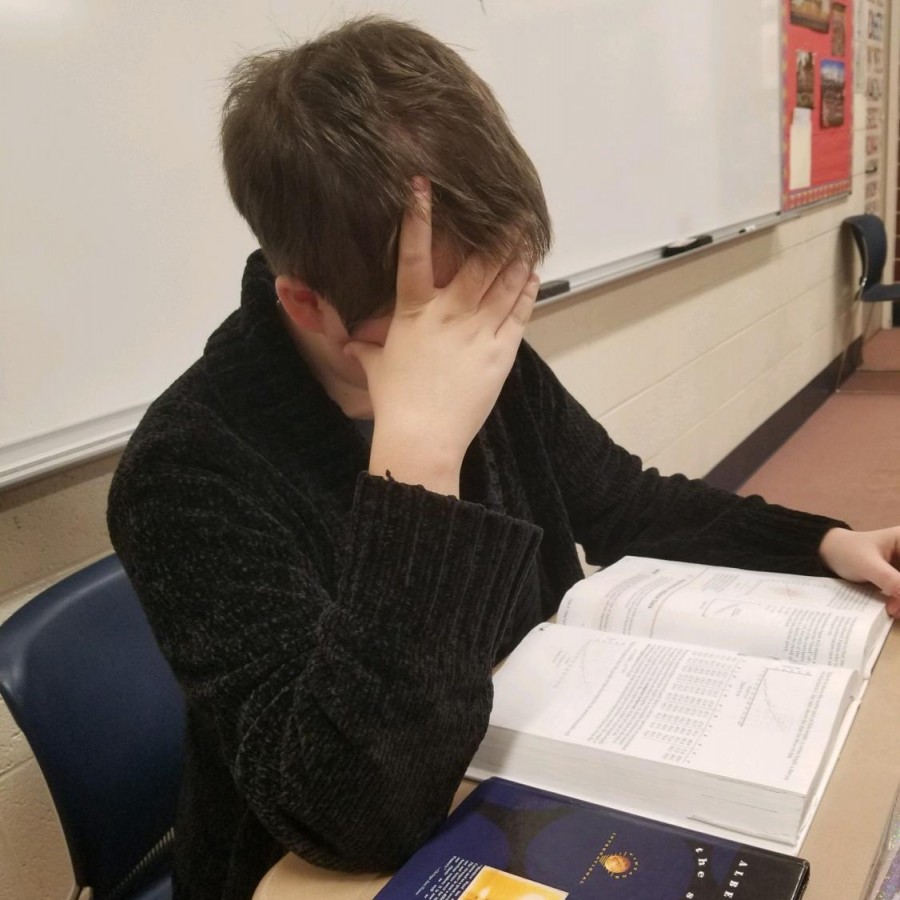As January draws to a close, students throughout Pleasant Valley High School are feeling the effects of a challenging school year. While second semester classes begin to assign heavier workloads and scholarship deadlines approach for seniors, much of the student body is struggling to manage the mounting pressure. With no break in sight, many are frustrated with their demanding schedules and seek to alleviate their stress.
According to the PV Publications Twitter account, 67 percent of poll respondents cite school as the biggest contributor to their stress. “Stress for me comes most from my schoolwork and trying to balance my time with my extracurriculars and job,” says senior Emma Elceser.
When it comes to anxiety, adolescents are a particularly vulnerable demographic whose susceptibility extends beyond their full calendars. Although juggling academic and extracurricular commitments can be difficult, much of teens’ battle with stress is biological — and internal — in nature. A study by Barnard College researcher Russell D. Romeo found that after brief exposure to a stressor, levels of corticosterone and adrenocorticotropic hormone (ACTH) in adolescent rats remained in their bodies for longer than their fully developed counterparts. In addition to the prolonged release of stress hormones, teens and adults use different lobes of the brain when reacting to new information. According to the University of Rochester Medical Center, “Adults think with the prefrontal cortex, the brain’s rational part. This is the part of the brain that responds to situations with good judgment and an awareness of long-term consequences. Teens process information with the amygdala. This is the emotional part.”
Biological evidence for the behaviors witnessed in adolescents is crucial in better understanding how they deal with stress, but mental responses are just as important for providing real-world treatment. The American Association for Child and Adolescent Psychiatry writes, “Most teens experience more stress when they perceive a situation as dangerous, difficult, or painful and they do not have the resources to cope.” Because of teenagers’ perceived inability to effectively handle mentally taxing situations, they develop a negative inner dialogue, which spirals into feelings of tension and self-doubt. Productive stress management techniques, therefore, concentrate on restoring power and control.
According to MedlinePlus, one of the simplest strategies for relieving stress is by developing “basic ways to manage tasks, such as making lists or breaking larger tasks into smaller ones and doing one piece at a time.” For instance, test preparations become more manageable when students devote smaller increments to studying over a longer period of time. Rather than trying to cover all of the material in a single night, spreading out study time over the course of several days allows the brain to view what was once a daunting undertaking as an attainable goal.
Another easy lifestyle change to alleviate stress involves exercise. Research has shown that physical activity promotes the release of endorphins, hormones that naturally diminish sensations of pain. Intense cardiovascular workouts like running produce endorphins, but less strenuous activities, such as yoga or hiking, produce them as well. Even twenty minutes of physical activity has proven benefits.
With these techniques, overcoming the wintertime stress is well within one’s reach.


